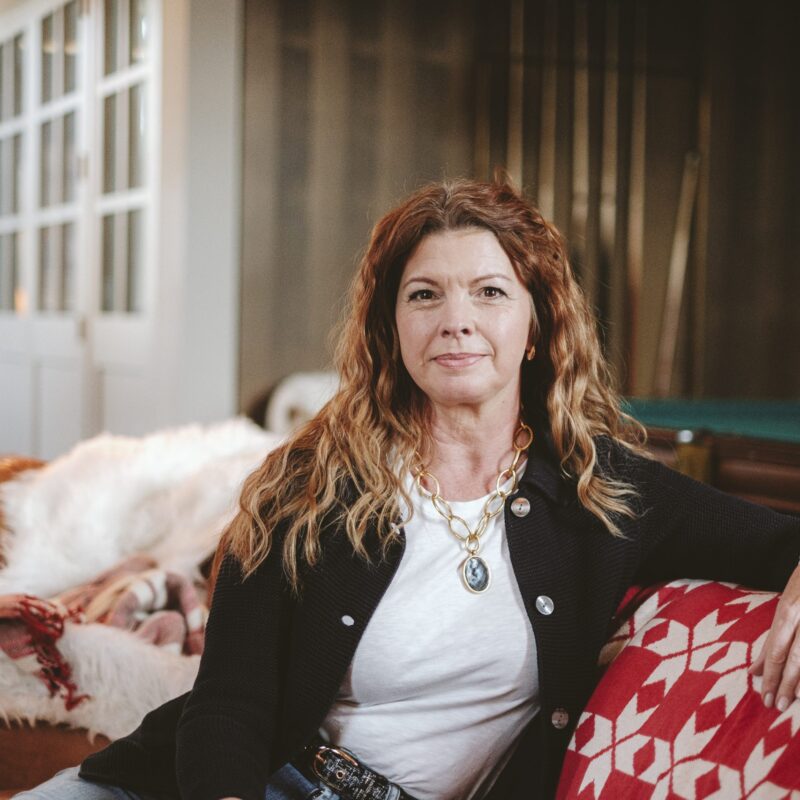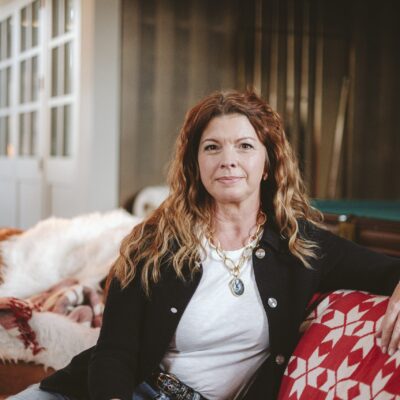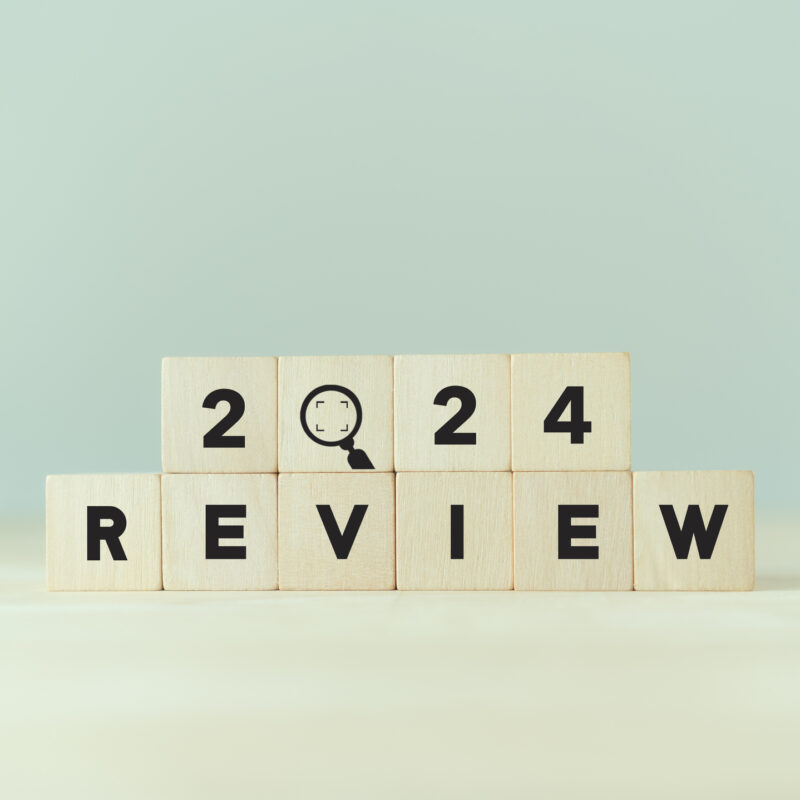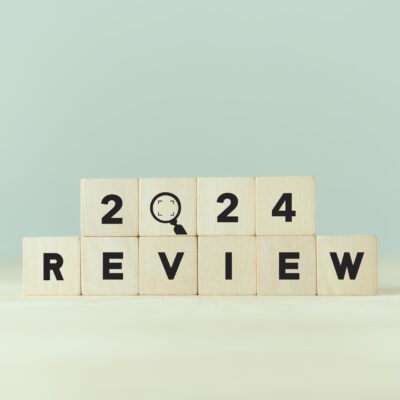The start of a new year is a natural time to reflect upon your past year’s accomplishments. Perhaps you got a new job, lost weight, or quit smoking, but for wineries whose wines are biding time in the cellar before release, there is little concrete to reflect upon. The success of a vintage is projected as early as harvest, but there’s no way of knowing how good it will be before tasting the finished wine.
/Wine_vintage_final.jpg) |
A wine’s vintage describes the year its grapes were harvested. Exact percentages vary by country, but for the most part, for a label to list the vintage year, 85 percent of the wine must come from grapes harvested that year. If a blend of grapes from two years or more is used, the wine is called non-vintage (NV) or multi-vintage (MV). Most Champagne and sparkling wine producers blend wines from different years to achieve a consistent house style called a cuvée.
Still wines almost always indicate vintages, but their importance is widely disputed. Regions in the colder limits of wine production are more affected because a short or cool growing season can lead to under-ripe grapes, which make underdeveloped wine. We know this all too well in Virginia. Vintage: The Winemaker’s Year, a documentary released last fall, focuses on our area’s unpredictable weather as the tipping point between a losing and a winning vintage. But even when Mother Nature rebels, our schooled winemakers have an arsenal of skills to mitigate uncooperative weather. In the warmer, drier climates of other New World regions, the systematic use of irrigation makes for more uniform growing conditions and, in turn, more product uniformity year after year.
It’s a whole different story for wines from the highly prestigious region of Bordeaux. Bordeaux primeurs or “futures” are sold two years in advance in a custom that dates back to the 18th century. Needing at least 10 years of age to pacify their ruthless tannins, the wines of Bordeaux have always been for the investor. Beginning in April, barrel tastes of the most recent vintage are offered to the trade, media and critics (including one well-known score master), and the months to follow are a frenzy of price-setting and hype-making until you learn that 2009 is the vintage of the decade! Chateaux get cash flow and collectors get a deal, because who knows how much the “best vintage ever!” will fetch on the retail market two years from now. But, when a famous Bordelais saying goes, “The best vintage is the one we have to sell,” how certain can we be that we aren’t being hoodwinked into spending megabucks on juice that’s no better than last year’s or the year before that?
We can never be certain. But, since wine from a great region is even better in a good year, and since today’s winemakers can make good wine even in a bad year, buying wine without consulting a vintage chart isn’t much of a gamble. It may even be one of your finest accomplishments of the year—after you taste it, of course.





